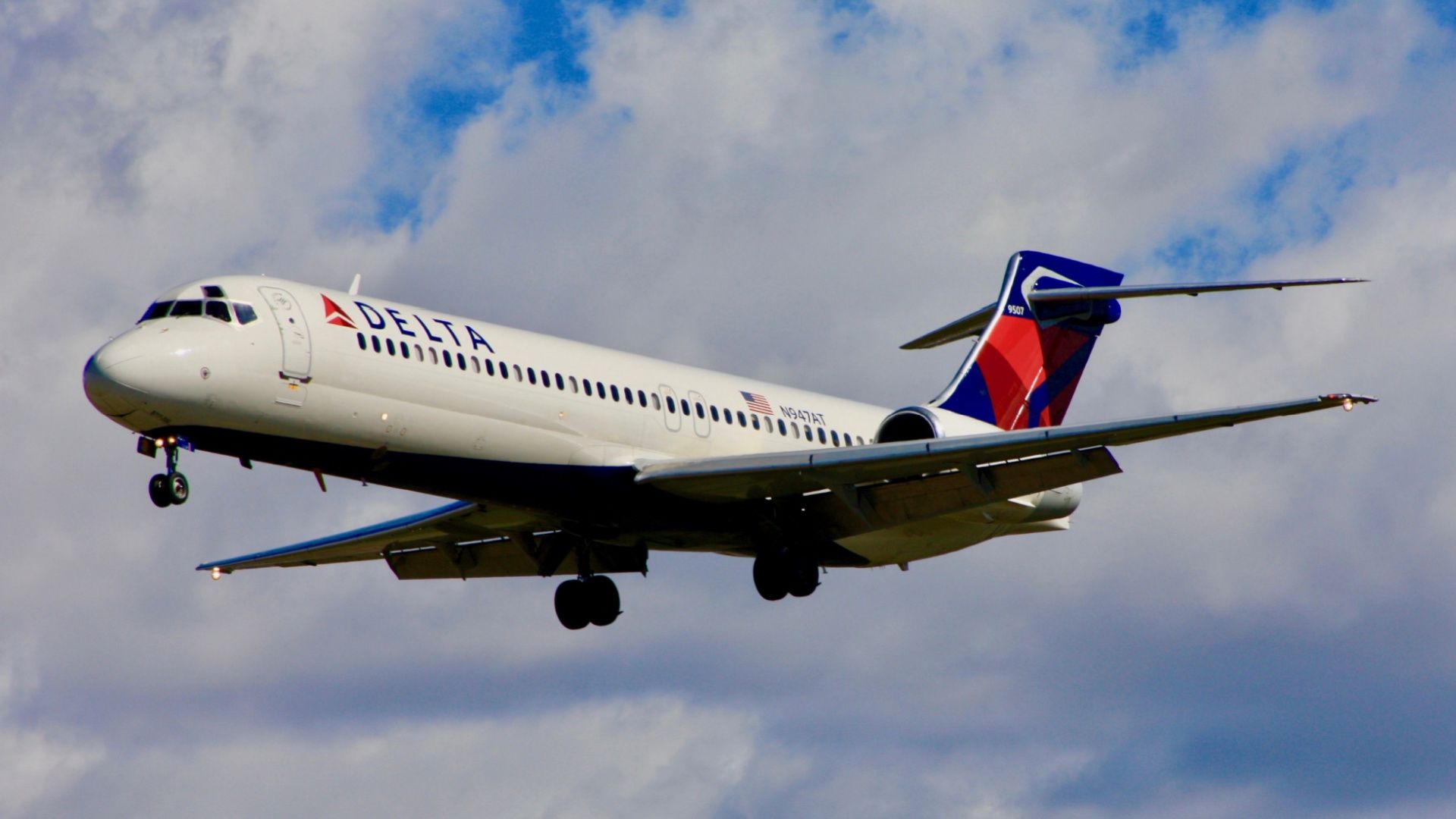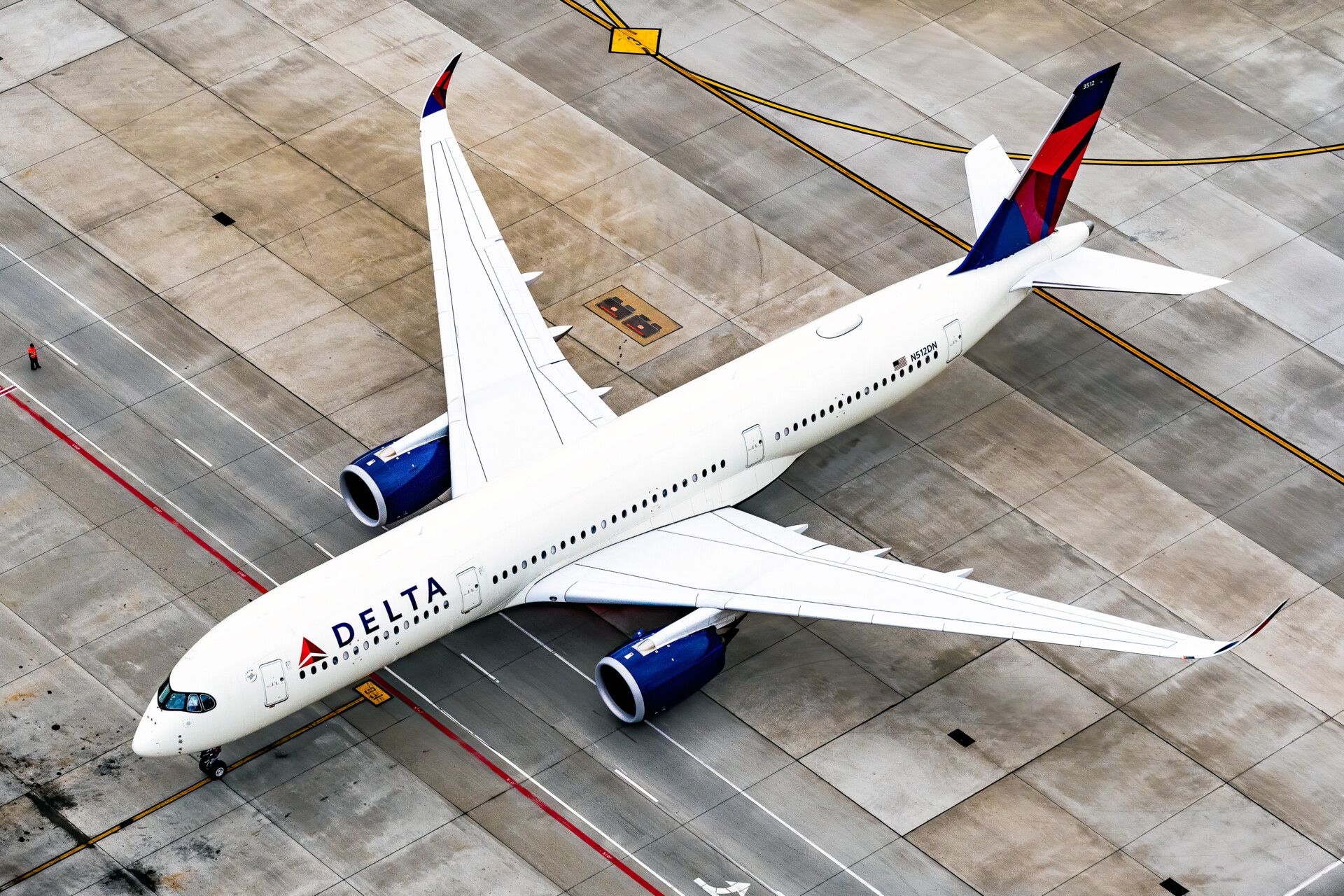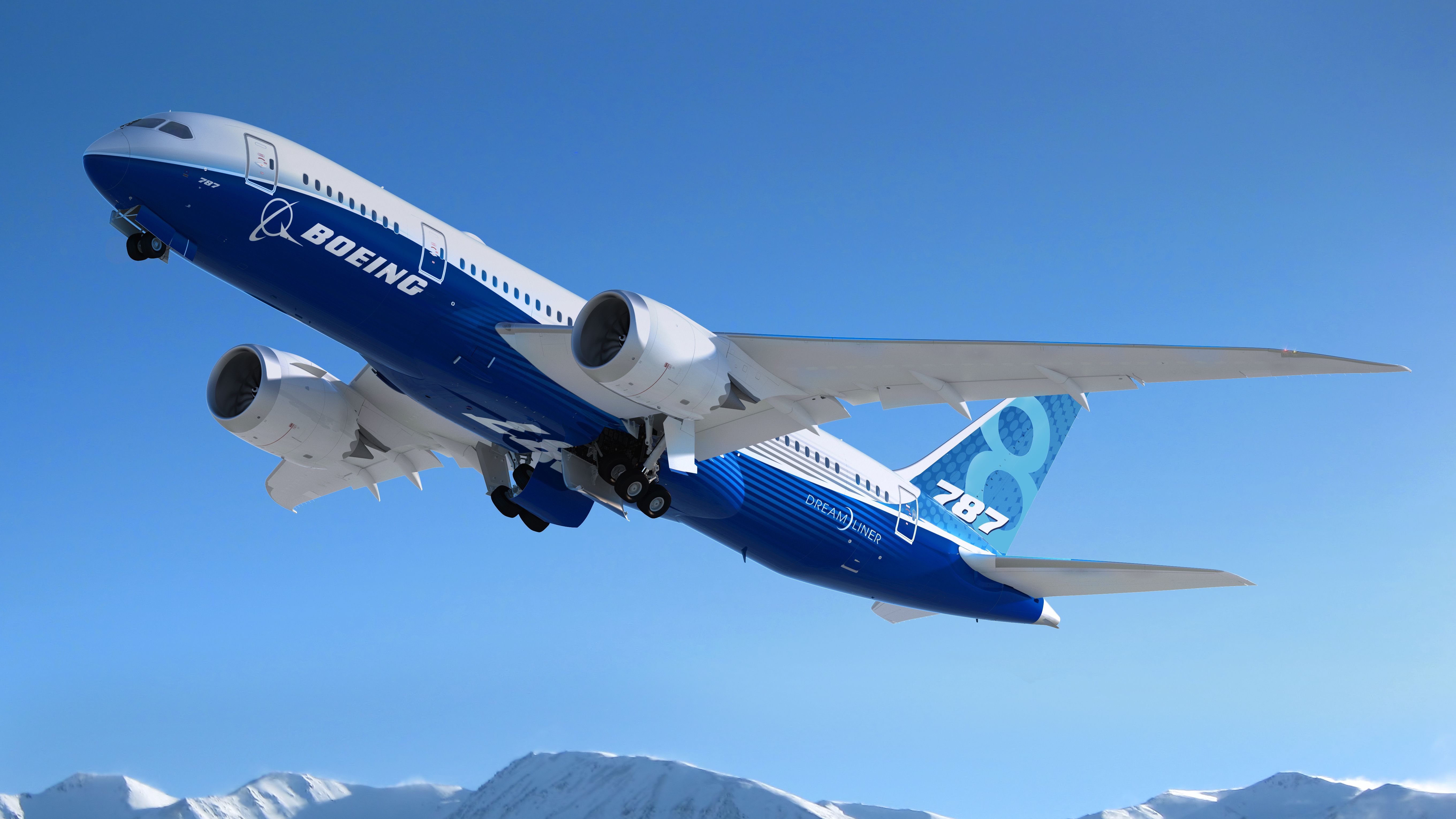Summary
- Delta Air Lines added the Boeing 717 to its fleet as part of a broader domestic fleet optimization plan.
- The carrier struck a deal with Southwest Airlines to acquire the 717s.
- Delta now plans to retire all of its 717s by December 2025 due to the lack of long-term profitability.
While Delta Air Lines is the largest remaining Boeing 717 operator, the Atlanta-based carrier hasn’t been operating the type for long. Indeed, the first delivery occurred around nine years ago. With the type falling out of favor among airlines in recent years, we thought we’d take a look at Delta’s journey with the aircraft.
Part of a broader plan
In May 2012, Delta announced that it would be taking on 88 Boeing 717 units upon the ratification of a new tentative agreement covering over 12,000 pilots. Later that summer, Delta confirmed that the aircraft would replace the airline’s small 50-seat regional jets “on a capacity-neutral basis.” Overall, the arrival of these narrowbodies was part of the airline’s more comprehensive domestic fleet optimization plan.
Alongside these aircraft, Delta also sought new fuel-efficient Boeing 737-900ERs during the decade. Moreover, the 717s would replace the carrier’s DC-9-50s. Incidentally, the 717 was tipped to be a successor to this aircraft’s family. However, amid Boeing’s merger with McDonnell Douglas, what was initially called the MD-95 was renamed the 717 to fit in with Boeing’s branding.
Negotiations with a rival
These aircraft were held by Southwest Airlines after the Texan outfit merged with AirTran, which was the launch customer of the 717. However, Southwest, naturally being a 737 fan, didn’t have much of a requirement for another type.
Subsequently, Delta struck a deal for these planes, with 16 units due to arrive in 2013. Another 36 examples were set to join in 2014, followed by 36 more the following year. With these deliveries, Delta became the primary operator of the 717. Former Delta CEO Richard Anderson shared the following about the deal in a 2012 statement:
“These actions pave the way for us to restructure and upgauge our domestic fleet, which will lower our costs, provide more pilot jobs and improve the onboard experience for our customers. The addition of the Boeing 717s, additional large regional jets and the planned replacement of 50-seat aircraft continue Delta’s commitment to operating an efficient, flexible domestic fleet that offers customers even more opportunities to upgrade to our First Class and Economy Comfort cabins.”
A modern approach
Delta was keen to highlight the updates that came with the 110-seaters. The upgraded interiors would host 12 passengers in first class and 15 in Economy Comfort. Meanwhile, those in Economy would be seated in a 2-3 formation, resulting in just one middle seat per row. Each passenger would have the option to access WiFi, which is available across all cabins.
The airline was proud to emphasize the amenities of these units. For example, it asserted that business passengers would notably be at an advantage as the transition resulted in a greater ratio of mainline planes.
It wasn’t just customers that would reap the benefits, however. Turning to midsize efficient planes to replace smaller units brings better economics for the company. Having one aircraft replace two smaller planes lowers the cost of fuel and other operational fees.
Furthermore, this approach is more sustainable than the previous method. Anderson added the following message, as per a Delta Air Lines statement:
“Adding the Boeing 717 to our fleet will give customers, particularly business travelers, more mainline aircraft service that features their preferred amenities. The 717s also provide Delta with a significant improvement in economic efficiency relative to the aircraft they are replacing.”
Time for deployment
Before being delivered, the aircraft were reconfigured to Delta’s requirements. For instance, seven seats were removed from the previous setup. According to ch-aviation.com, N935AT was the first unit to join. This 717-200 arrived in the fall of 2013 and remains active at Delta Air Lines today. The aircraft first entered service in April 2000 with TWA before AirTran took it on in the summer of 2003.
This aircraft conducted its first flight for Delta on October 25th, 2013. The Delta Flight Museum shares that this service was a trip from the carrier’s home of Atlanta to Newark. Shortly after, operations with the aircraft expanded to various other domestic destinations, including Little Rock, Arkansas, and Cleveland, Ohio.
Delta’s rear-engined Boeing 717-200 aircraft can reach a range of up to 1,510 miles (2,430 km) and a speed of up to 504 mph (811 km/h). Meanwhile, their maximum takeoff weight (MTOW) clocks in at 110,000 lbs (49,895 kg). Two Rolls-Royce BR715 turbofans help the aircraft achieve these figures across the skies.
The type today
Delta’s 717s remain busy. They are well-spotted across the airline’s US network. Atlanta-Charlotte is one of the busiest routes for the plane, with the aircraft also regularly flying to the likes of Jackson, Asheville, Detroit, and Chicago O’Hare.
Presently, Delta Air Lines is one of only three carriers still flying the type, alongside Hawaiian Airlines and Cobham Aviation Services (flying for QantasLink). Both of these airlines operate their units on domestic operations. A fourth operator, Volotea, stopped flying the model in January 2021.
Sadly, the 717 continues disappearing from the skies, and Delta will retire all of its units by the middle of this decade. In 2020, during the height of the pandemic, the airline noted that the plane would have to be retired due to the lack of ‘recoverable carrying value’ against future cash flows.
All in all, the firm isn’t confident in returning a profit with the 717 in its long-term holdings. Thus, the plane will no longer fly with the carrier by December 2025.
Like Delta, Hawaiian is also retiring its 717s in the coming years. The carrier will decide on a replacement for the plane by early 2024. The airline holds a total of 19 units in its fleet.
Moreover, Qantas has confirmed that it will retire its QantasLink units by the summer of that year. The flag carrier of Australia has a total of 17 examples in its ownership.
Presently, 69 of Delta’s 90 Boeing 717-200s are listed by ch-aviation.com as active. These 110-seat aircraft have an average age of 21 years old. Of the 21 examples of the type not currently listed as being active, 13 are said to be in storage. A total of seven units are listed as being in maintenance, while one unit is in repair.
There have been plenty of adventures with the 717 over the years. From local charters to scheduled operations, the plane has seen it all. Notably, Boeing bills the aircraft as “the full-size airplane for the regional market,” and it can be deployed as an effective private jet.
Looking ahead
A total of 156 717s have been built between 1998 and 2006. Following the type’s first flight on September 2nd, 1998, the aircraft has been a valuable narrowbody twinjet for the 100-seat sector for numerous airlines across the continents.
Regardless of its increasing rarity, the Boeing 717 has, overall, had a substantial impact on operations since being introduced in 1999. The plane has been appreciated for being a workhorse on short and medium-haul domestic operations. Delta’s staff will undoubtedly be sad to see it leave the carrier in the next few years.
What do you make of Delta Air Lines’ Boeing 717 aircraft? Have you flown on the type with the airline over the years? Let us know what you think of the plane and its history in the comment section.
Sources: Delta Flight Museum; ch-aviation.com



